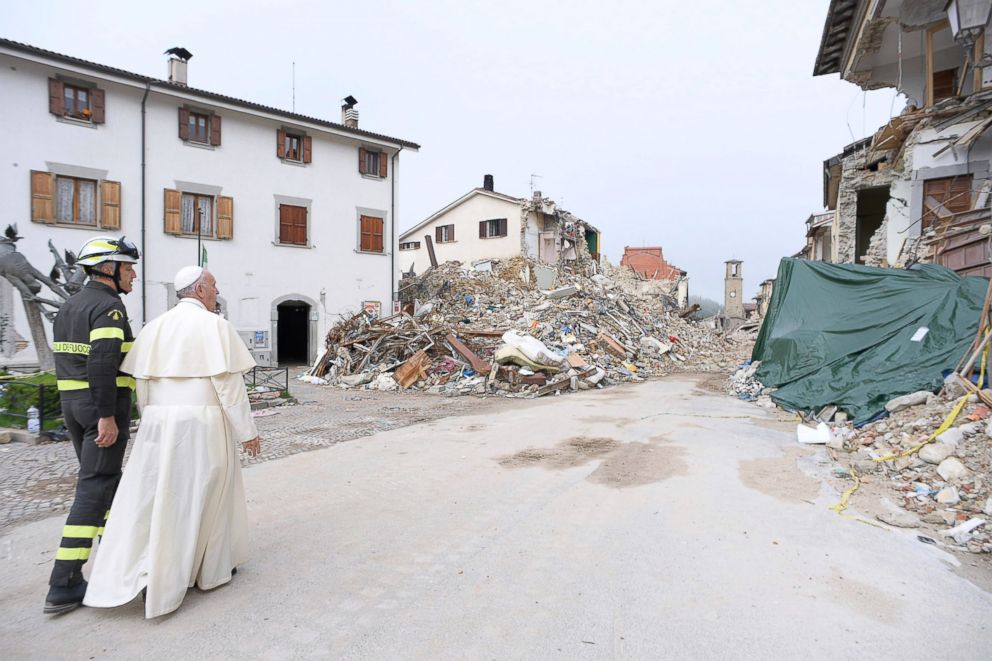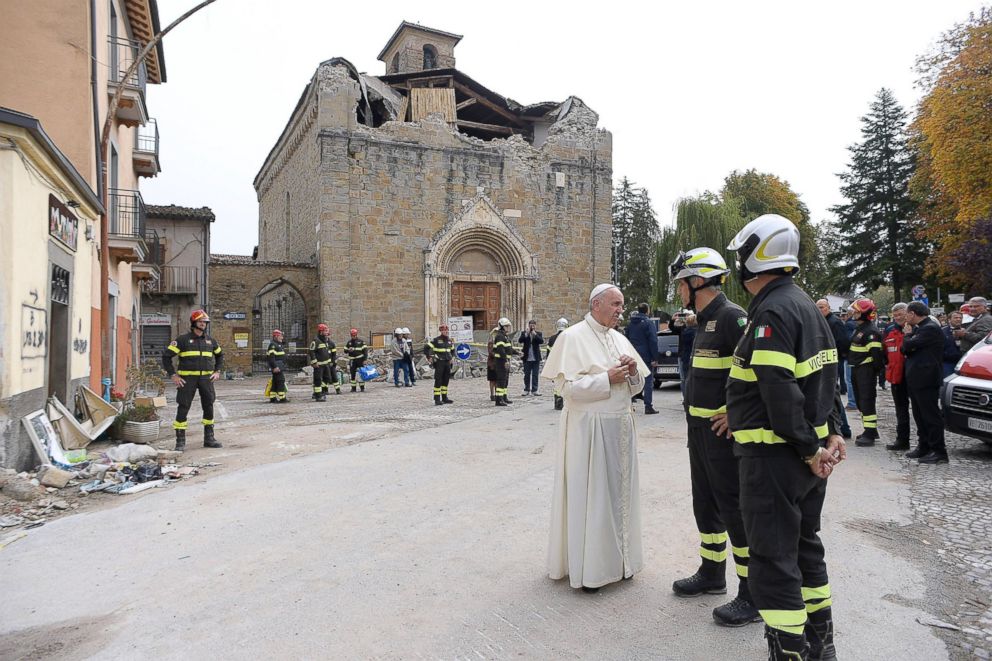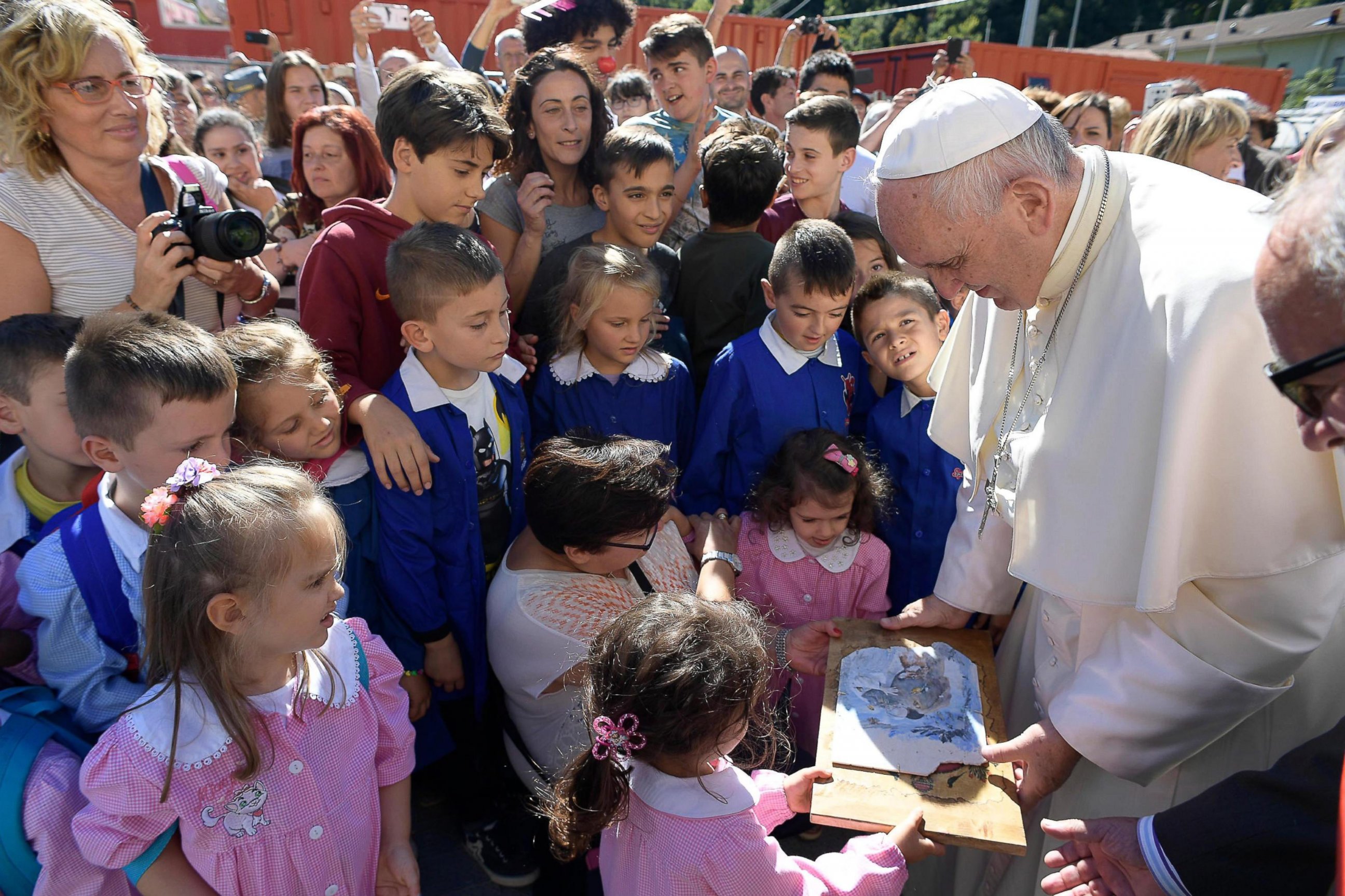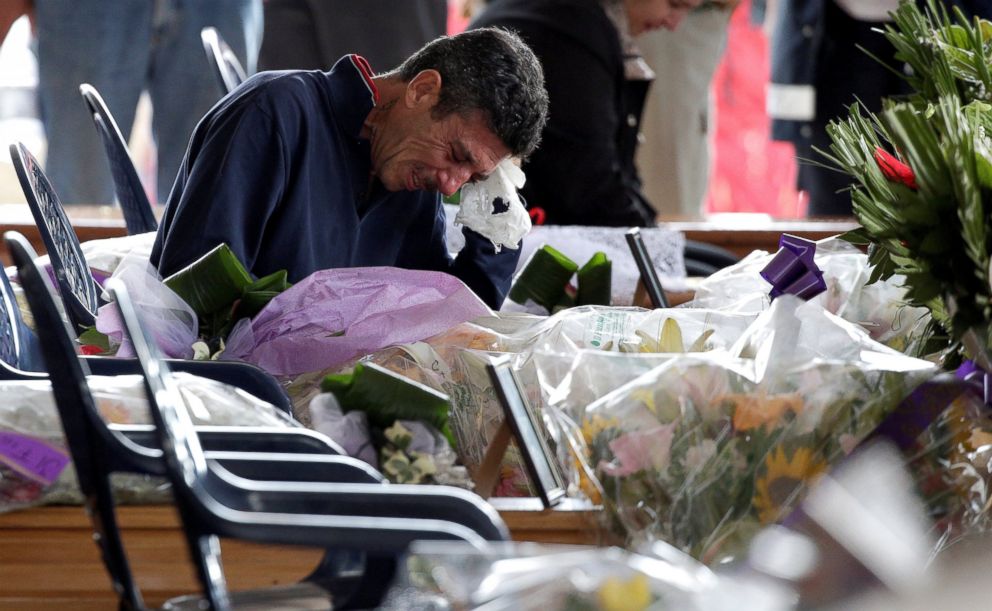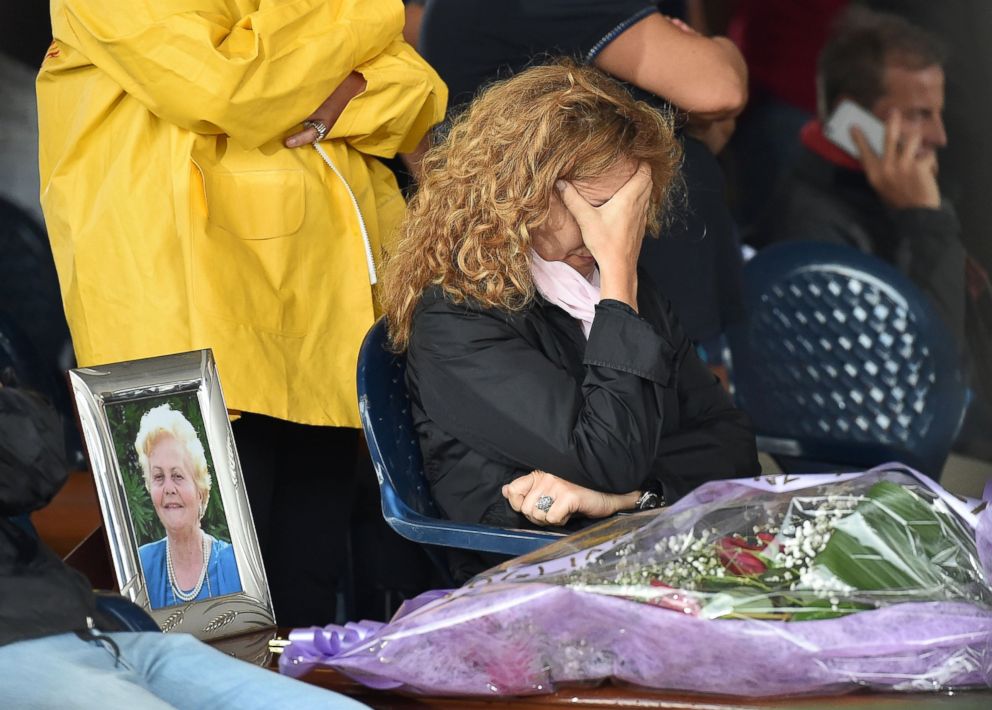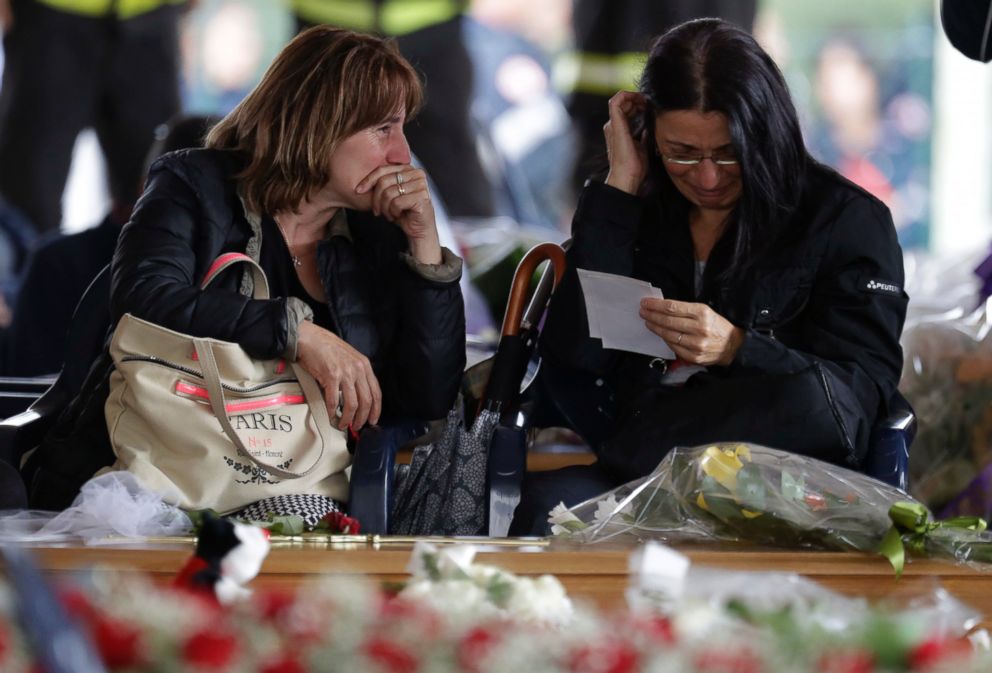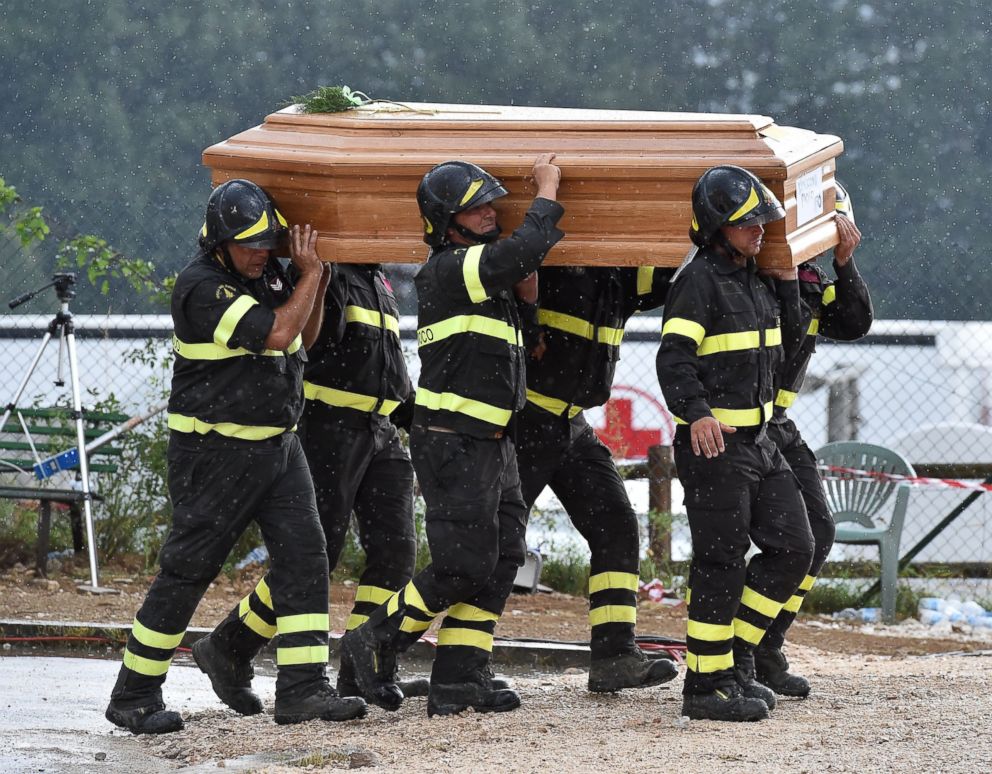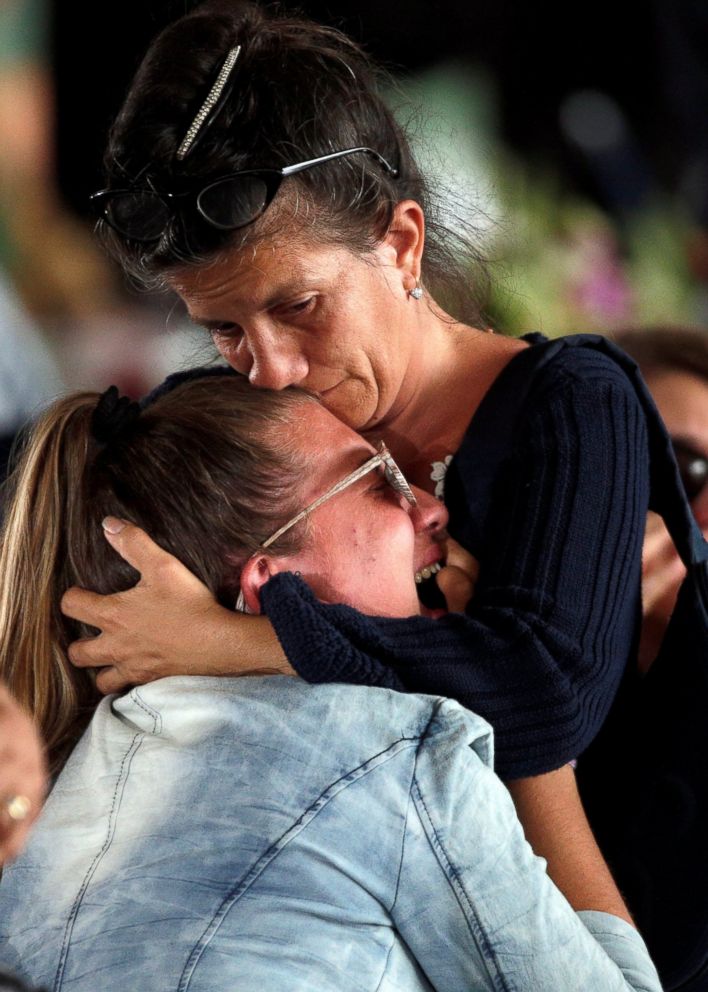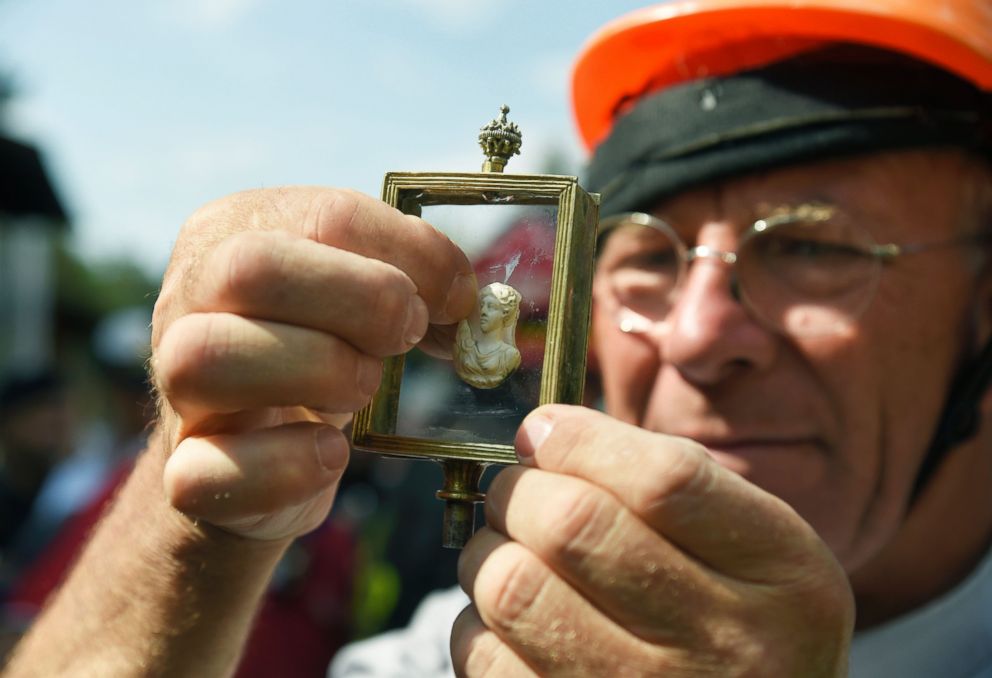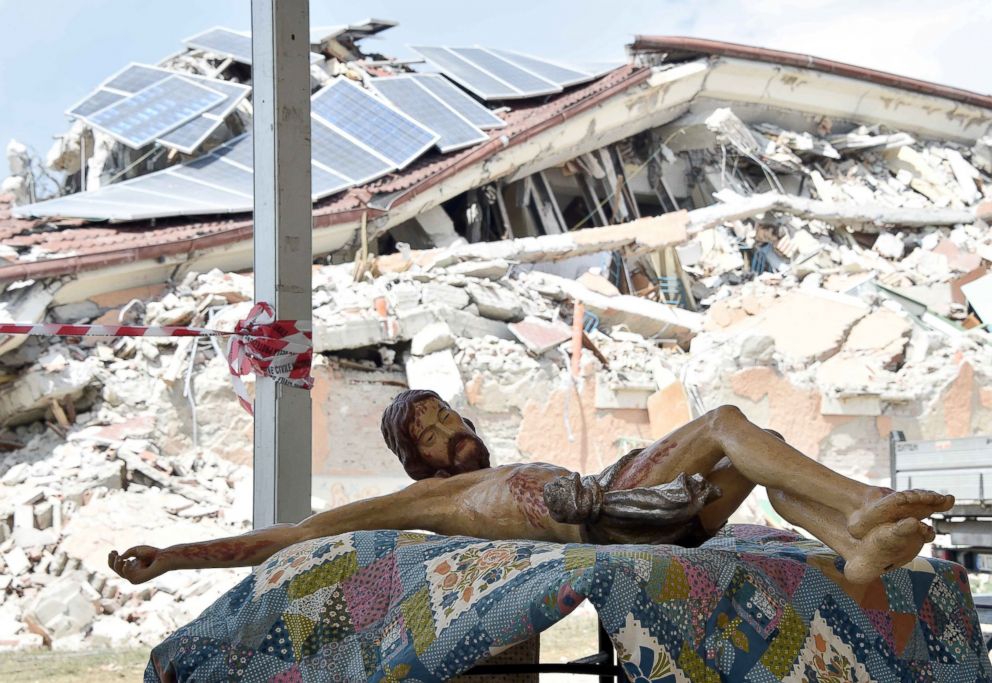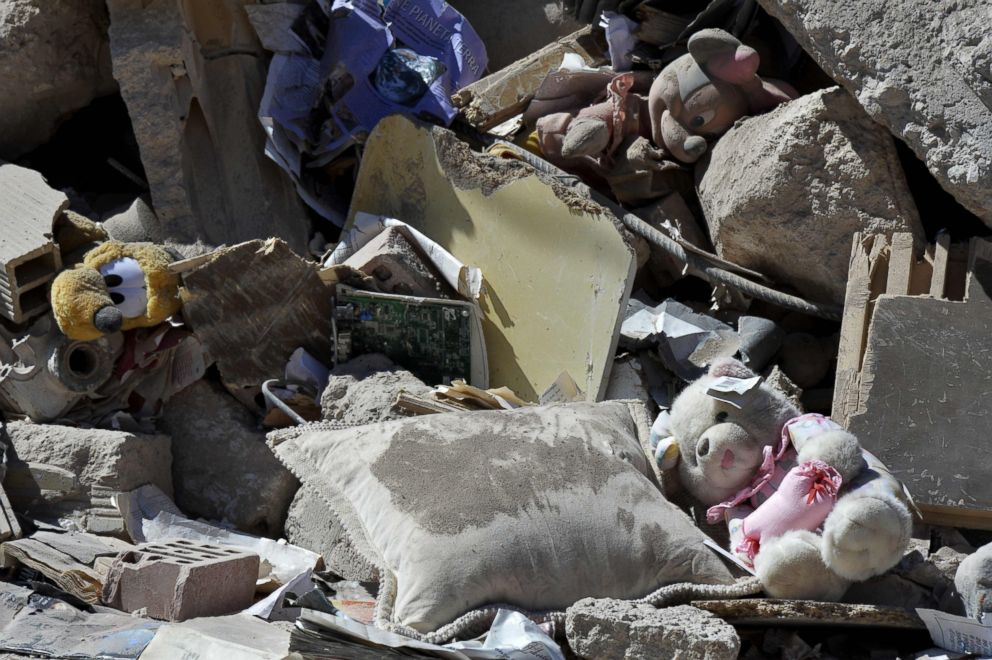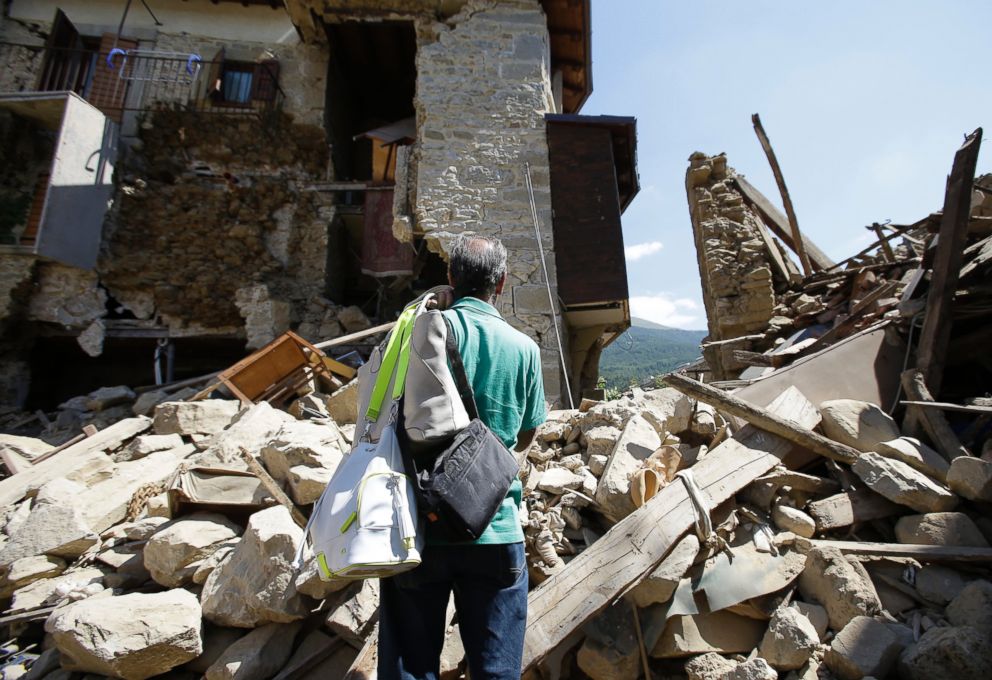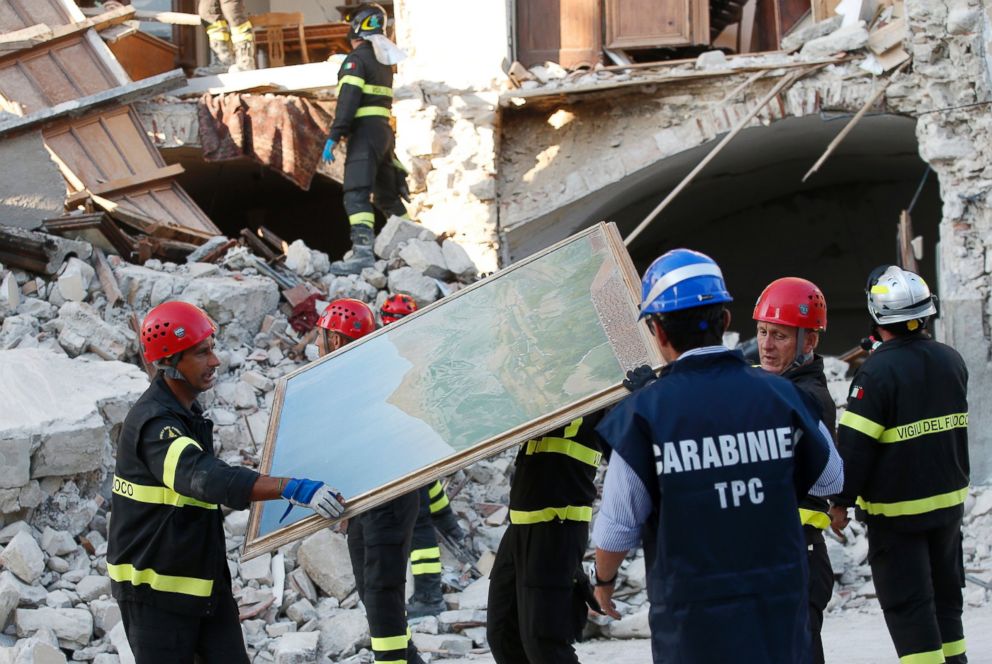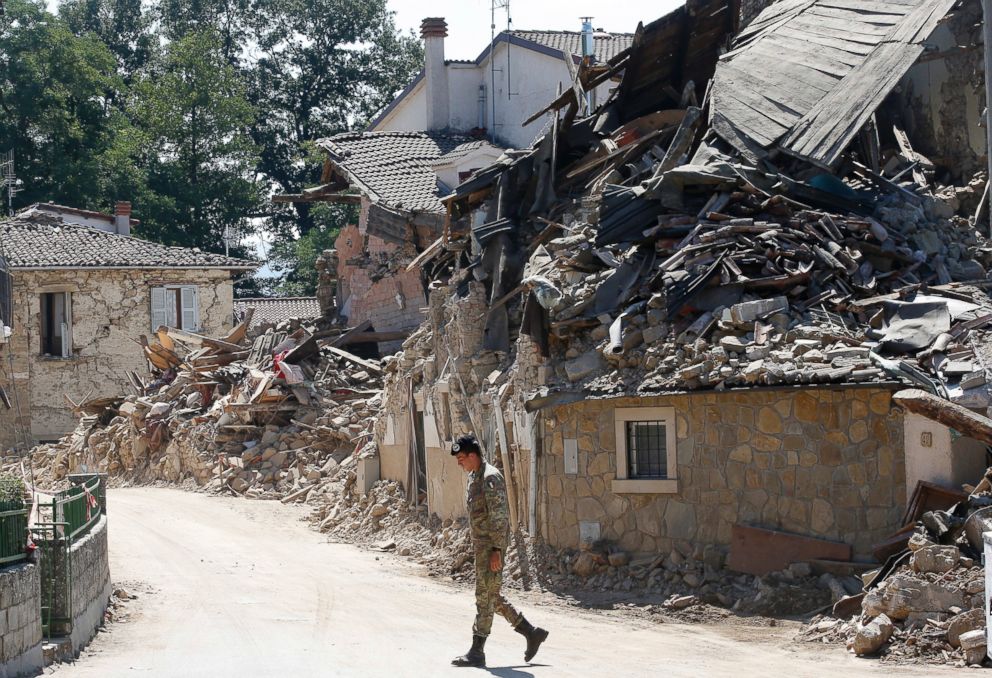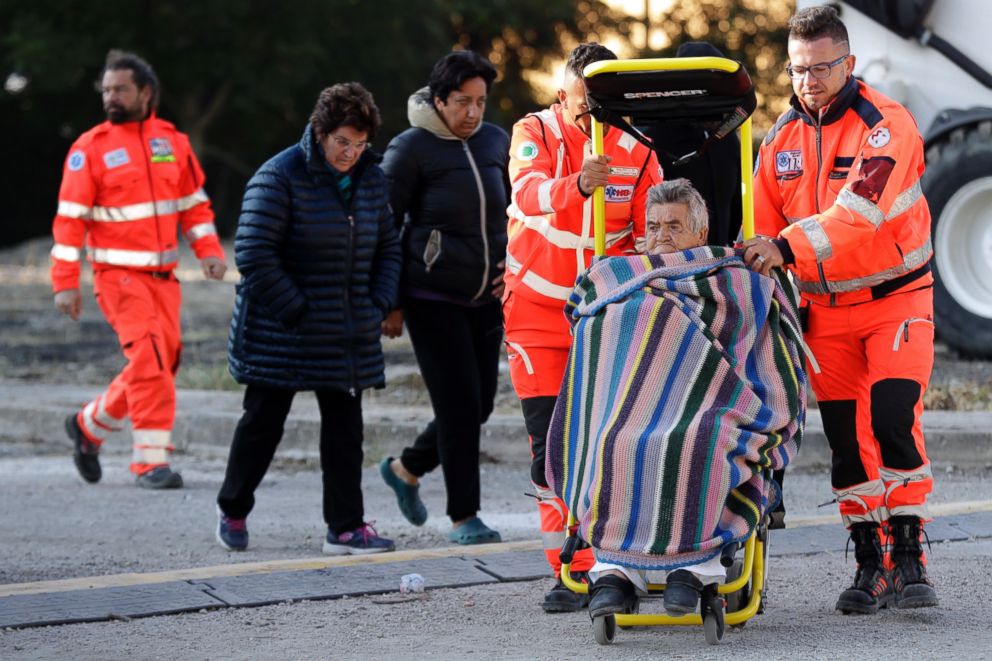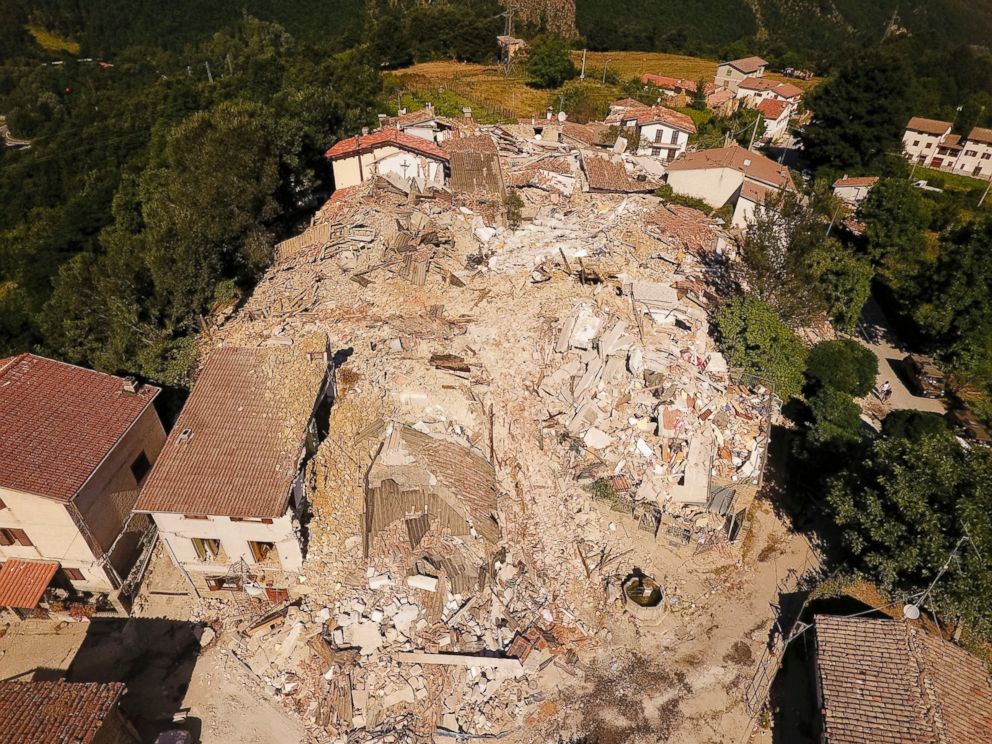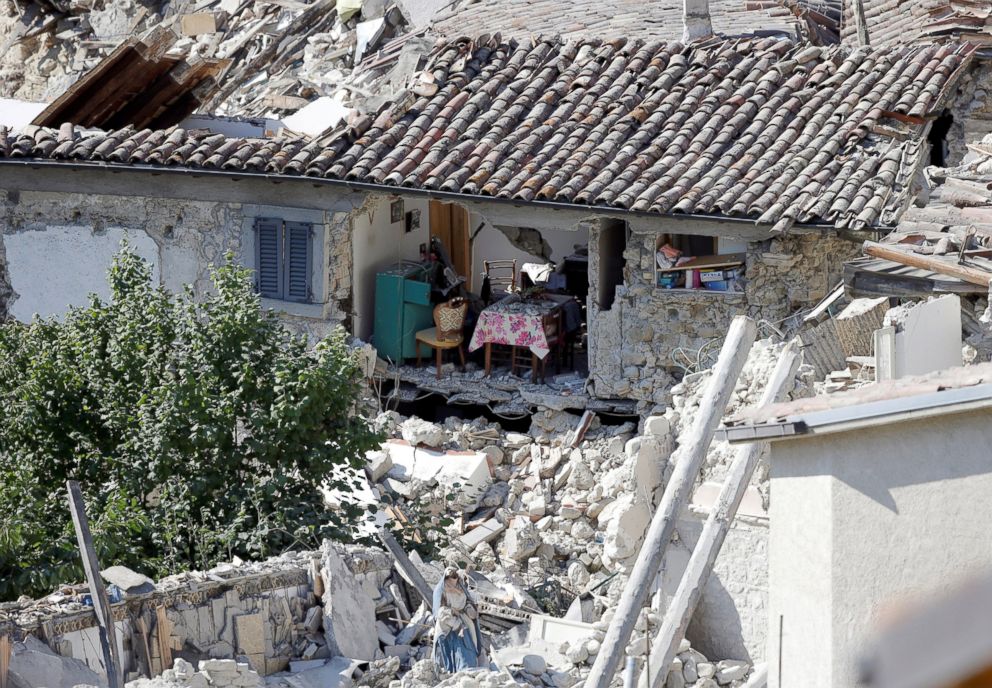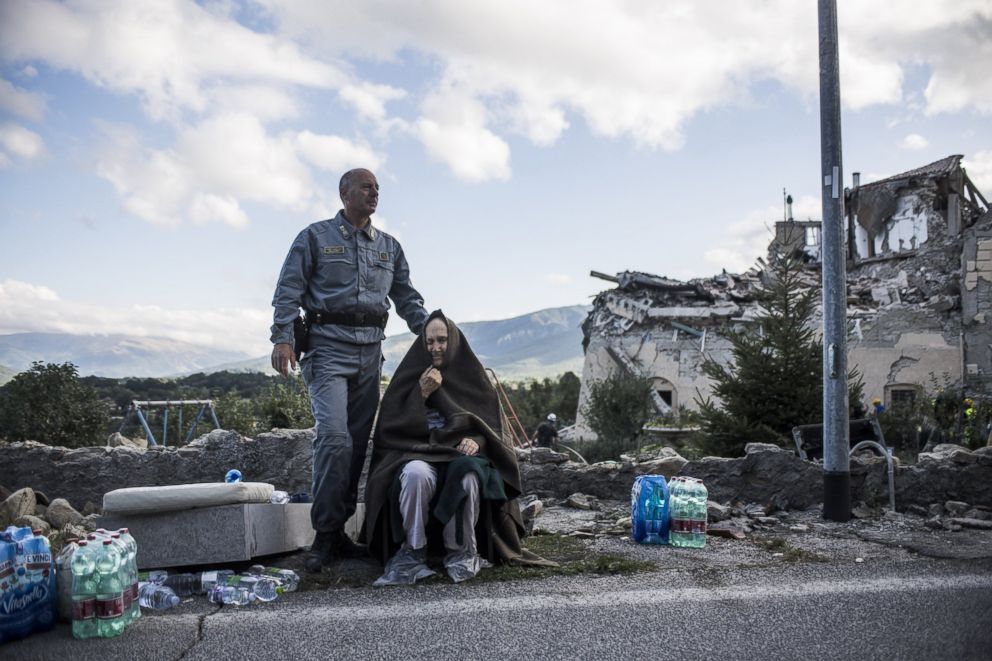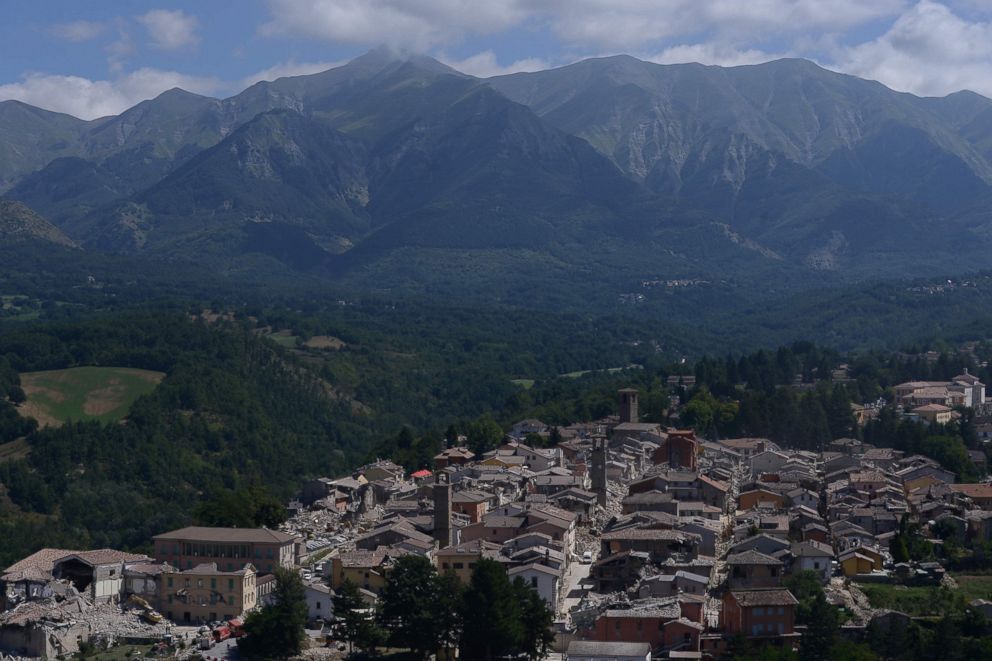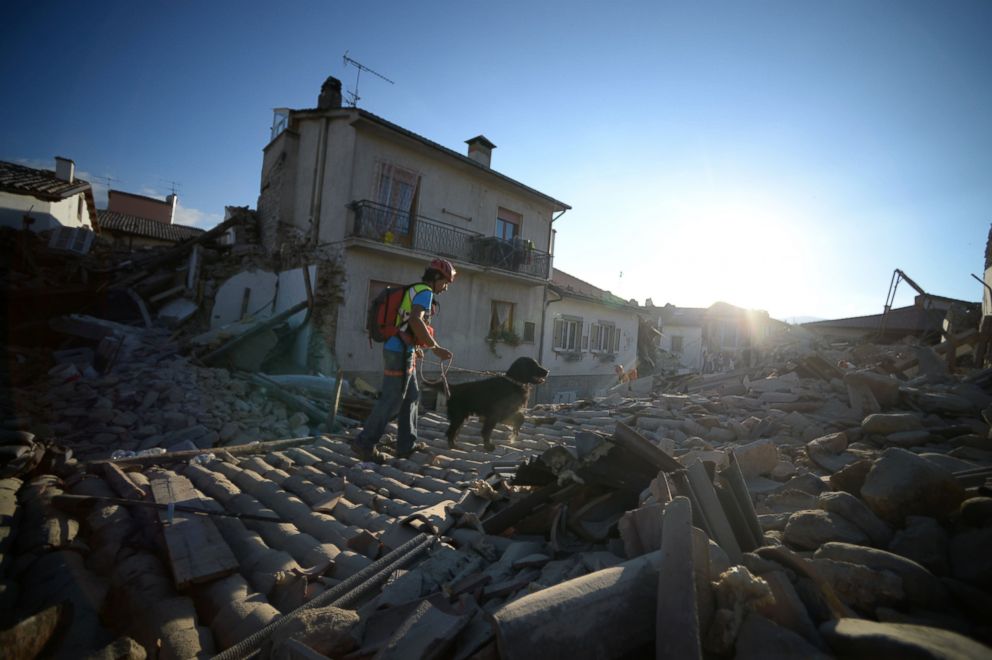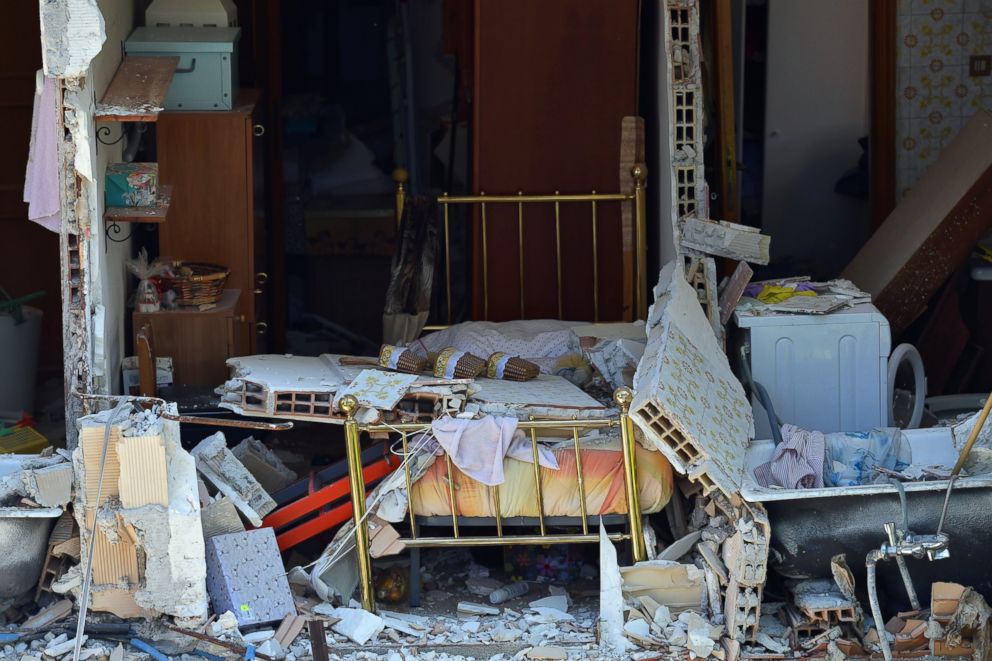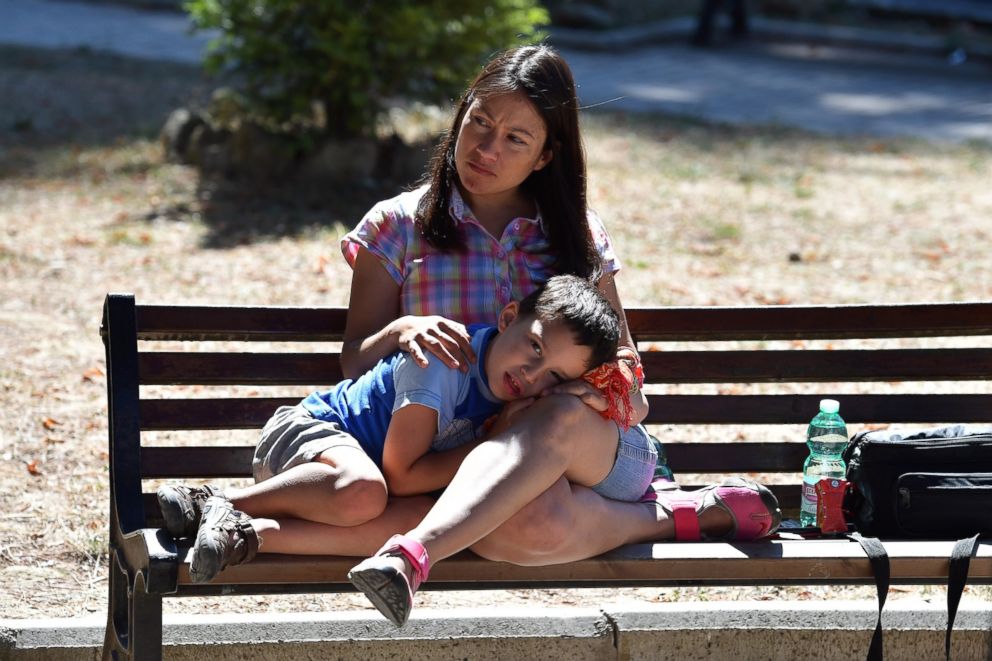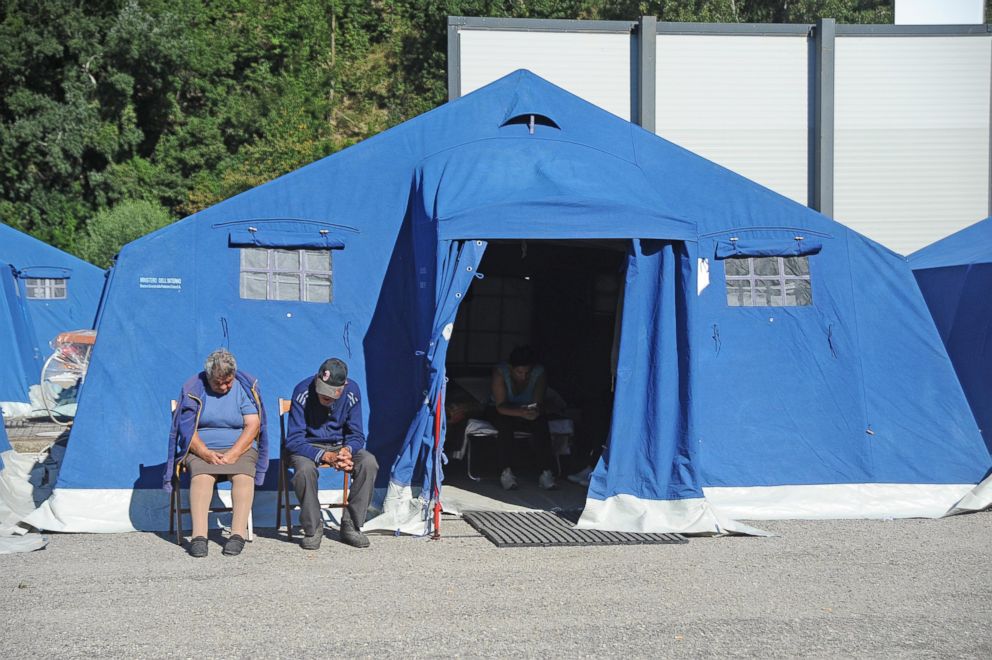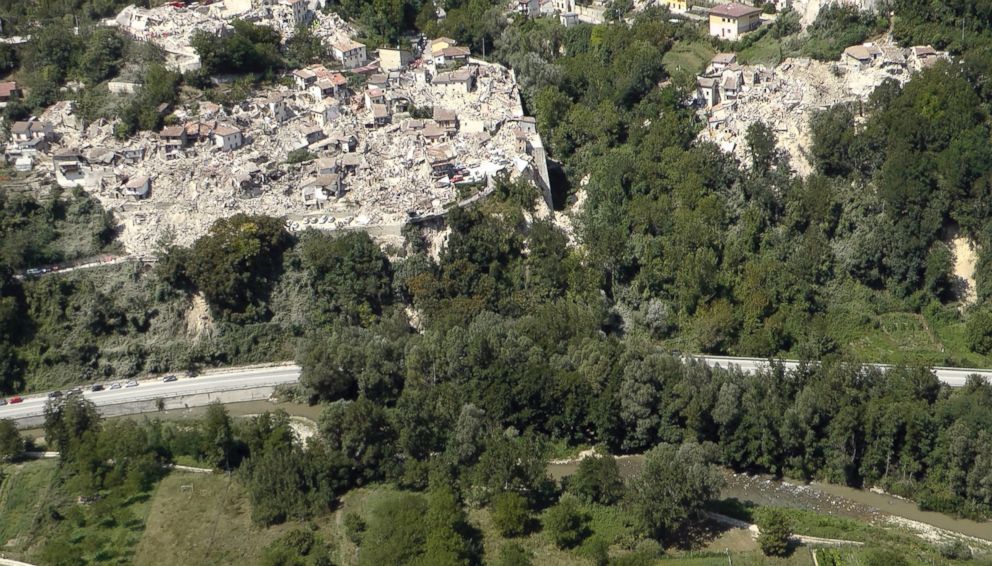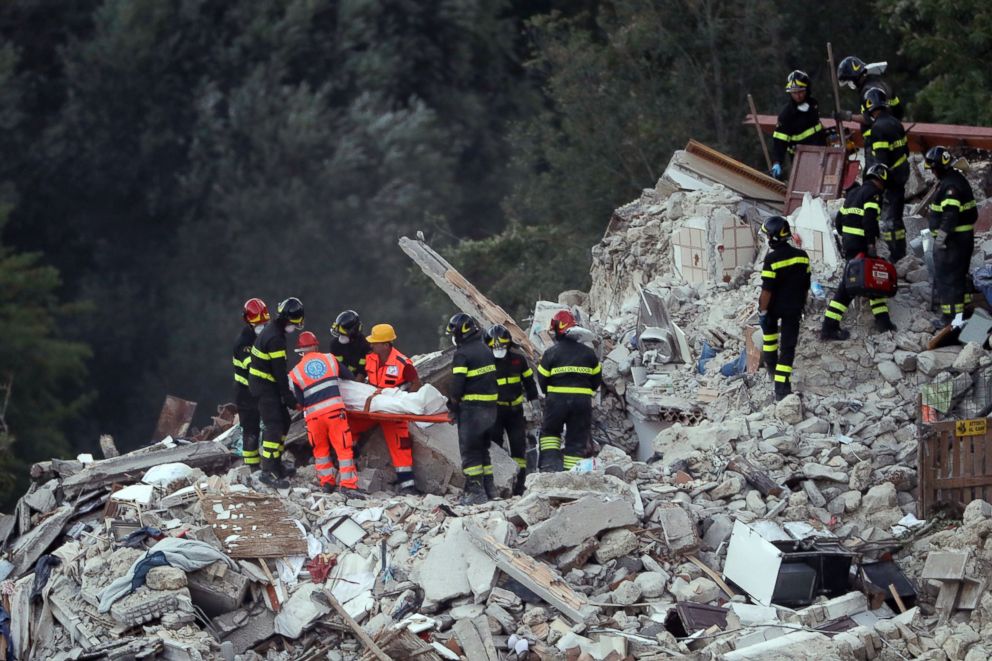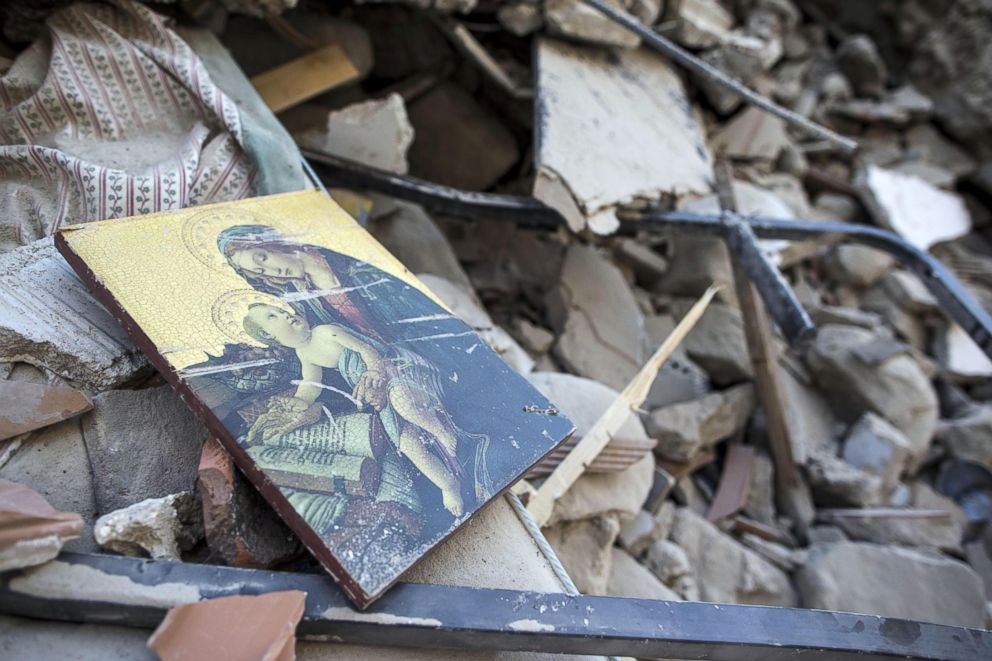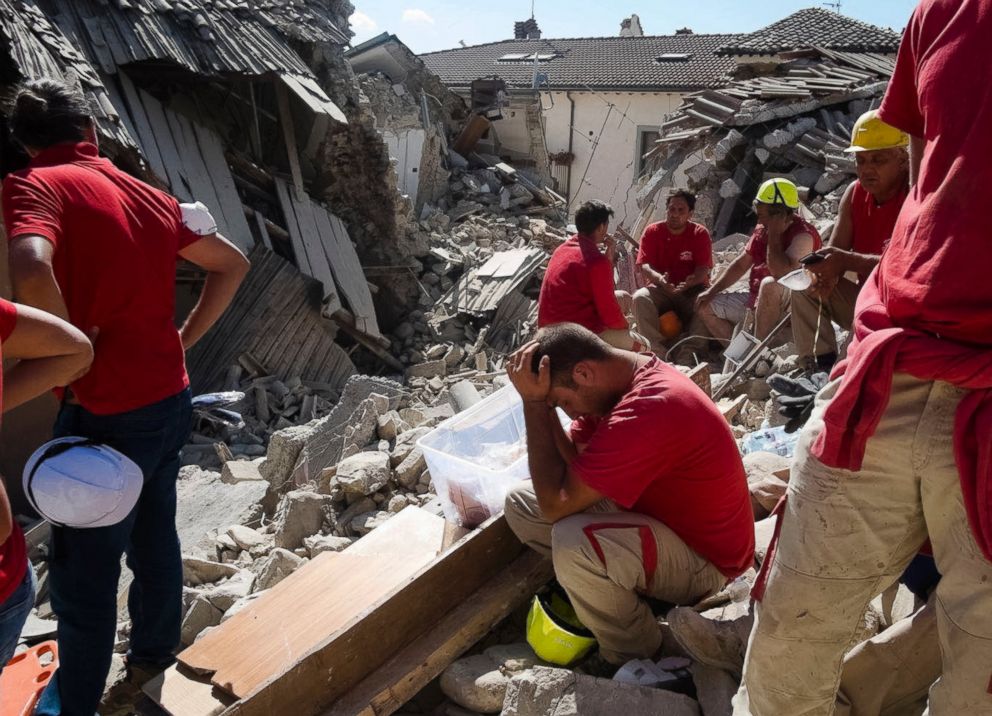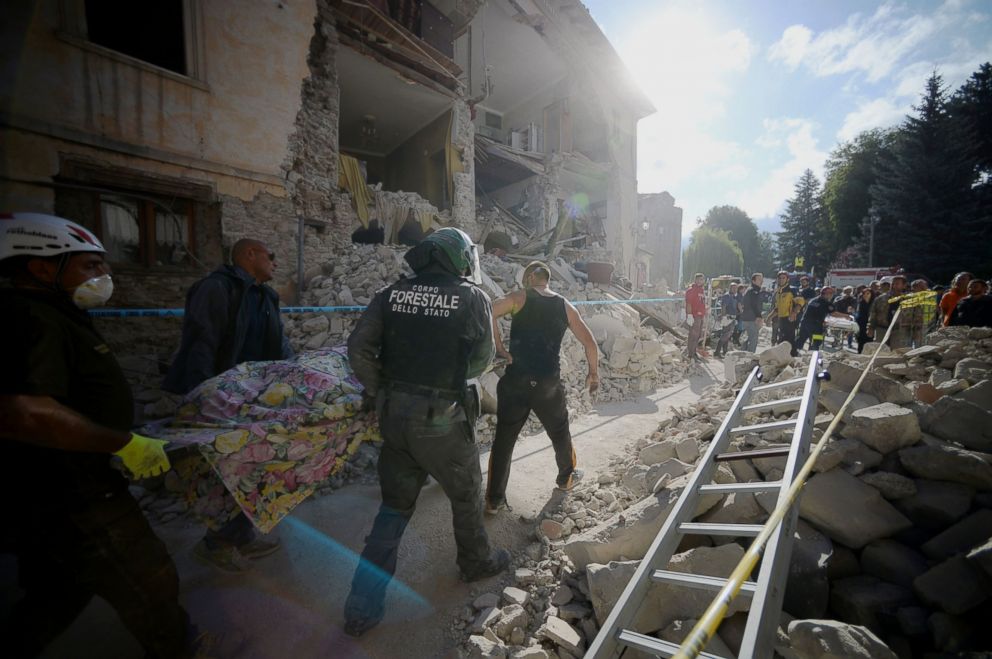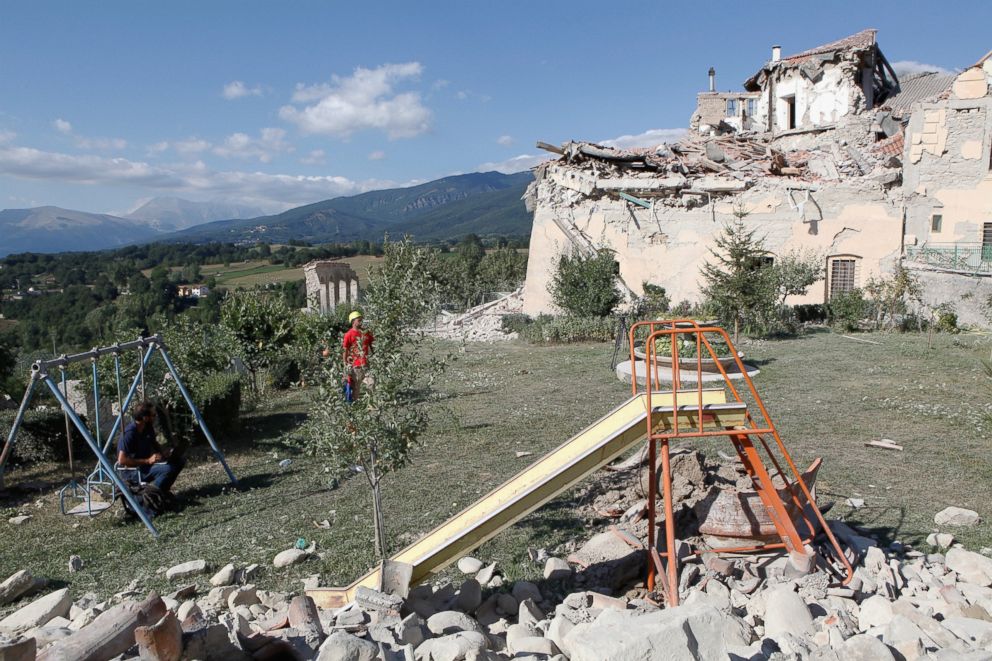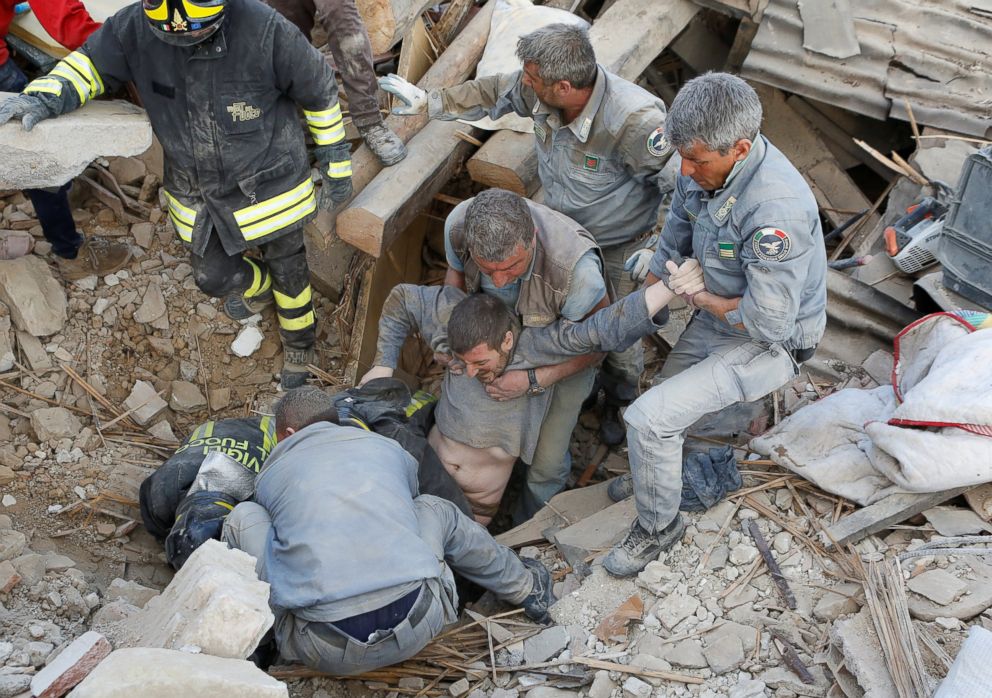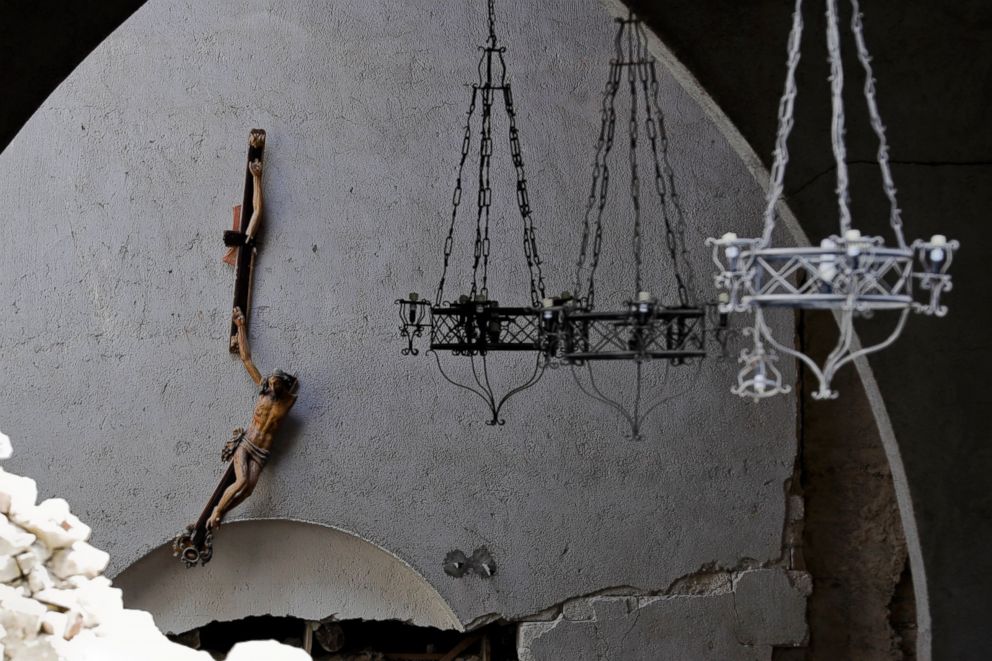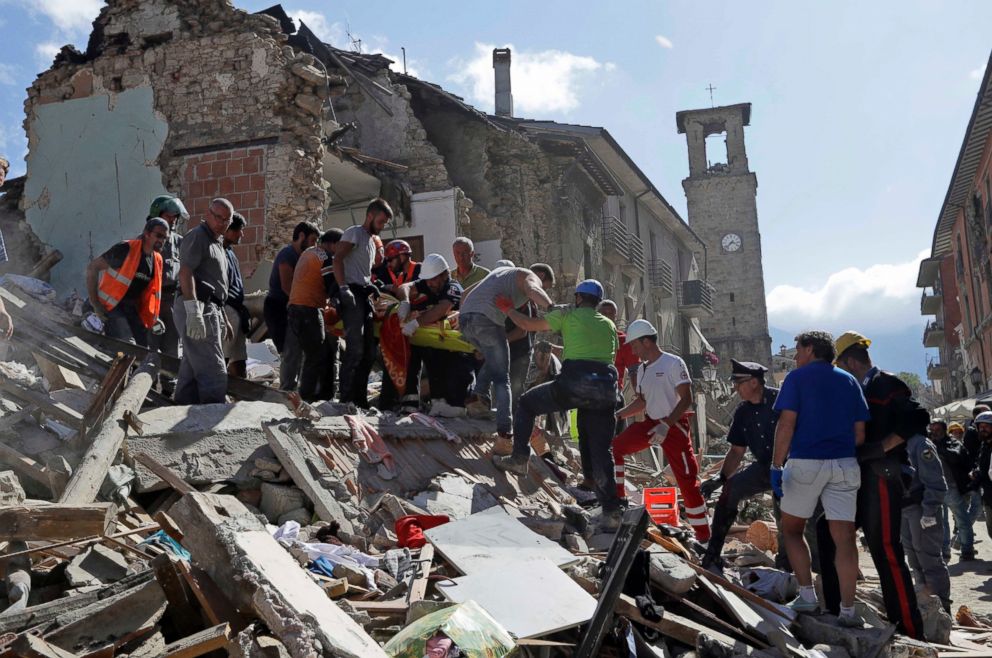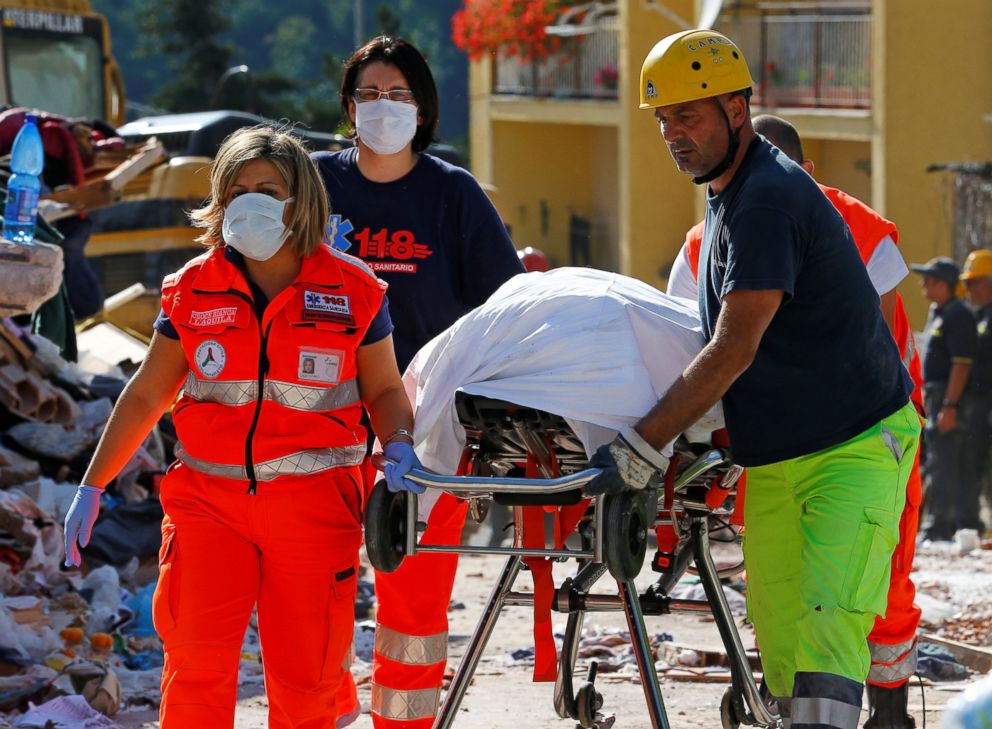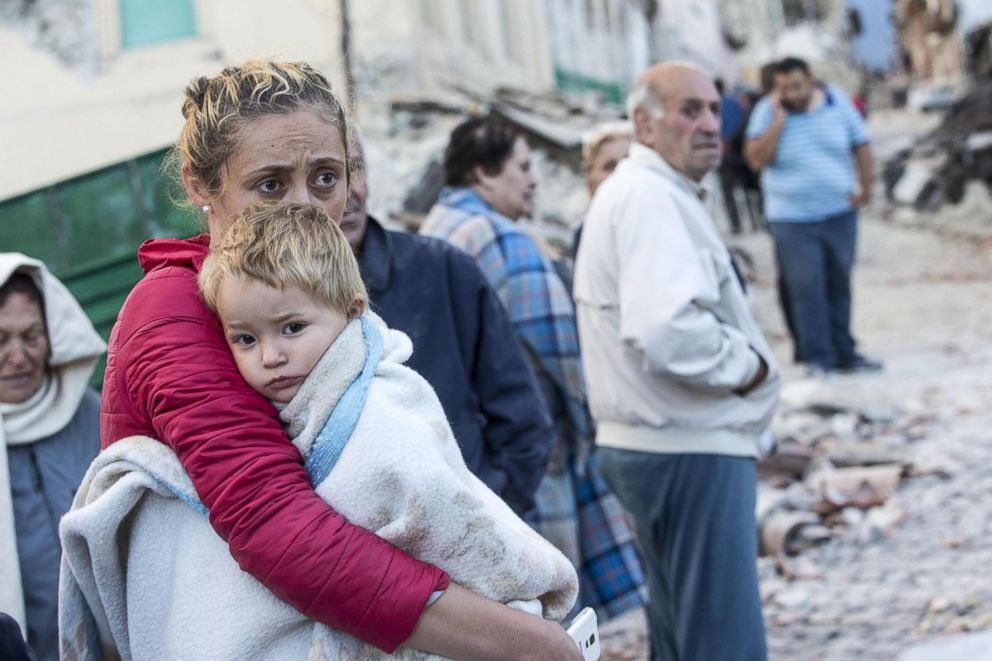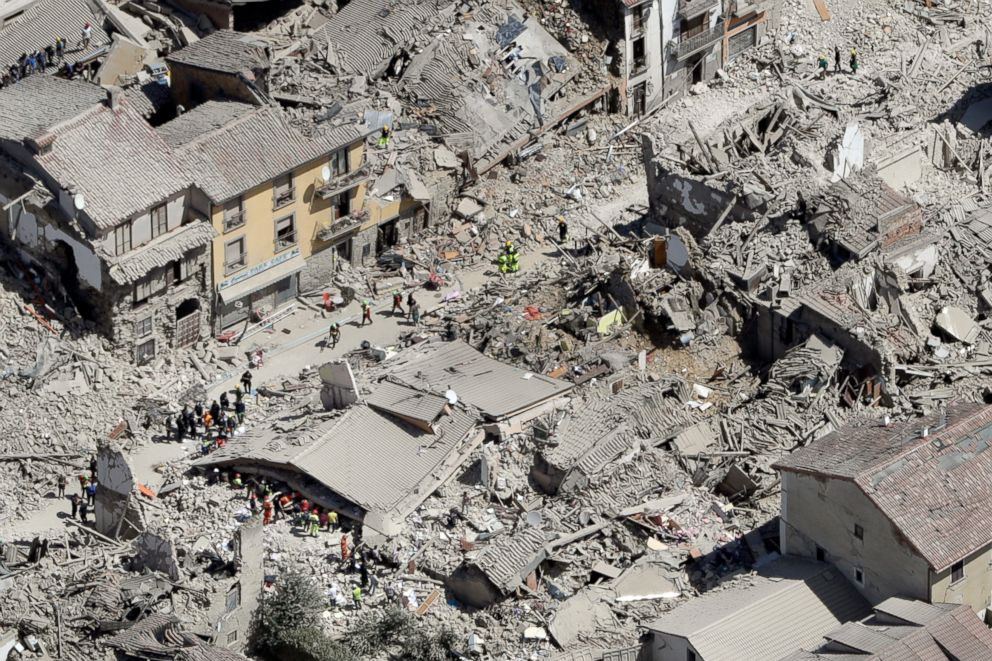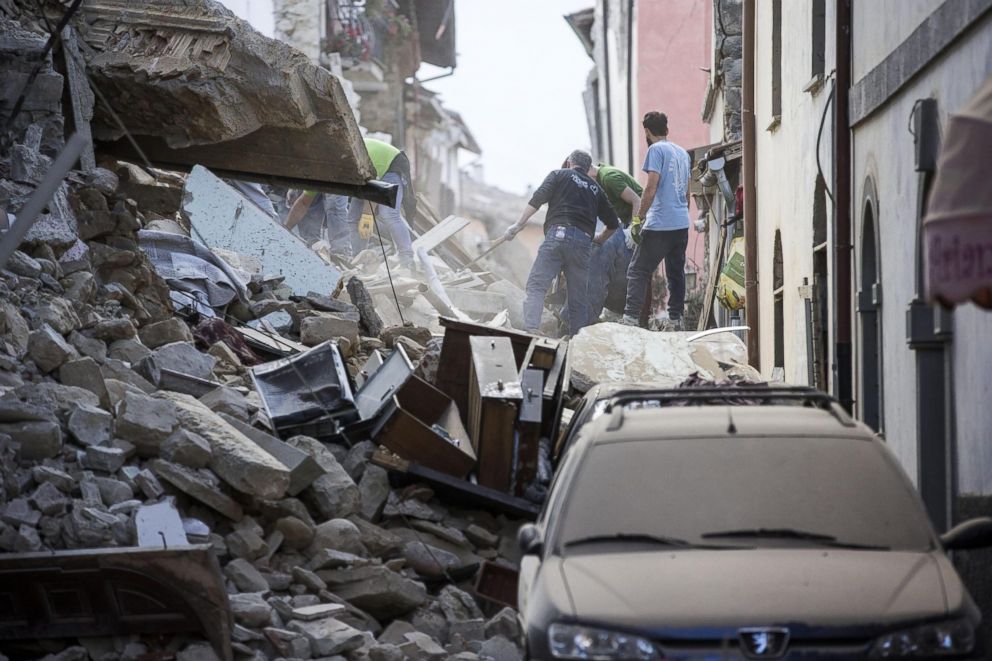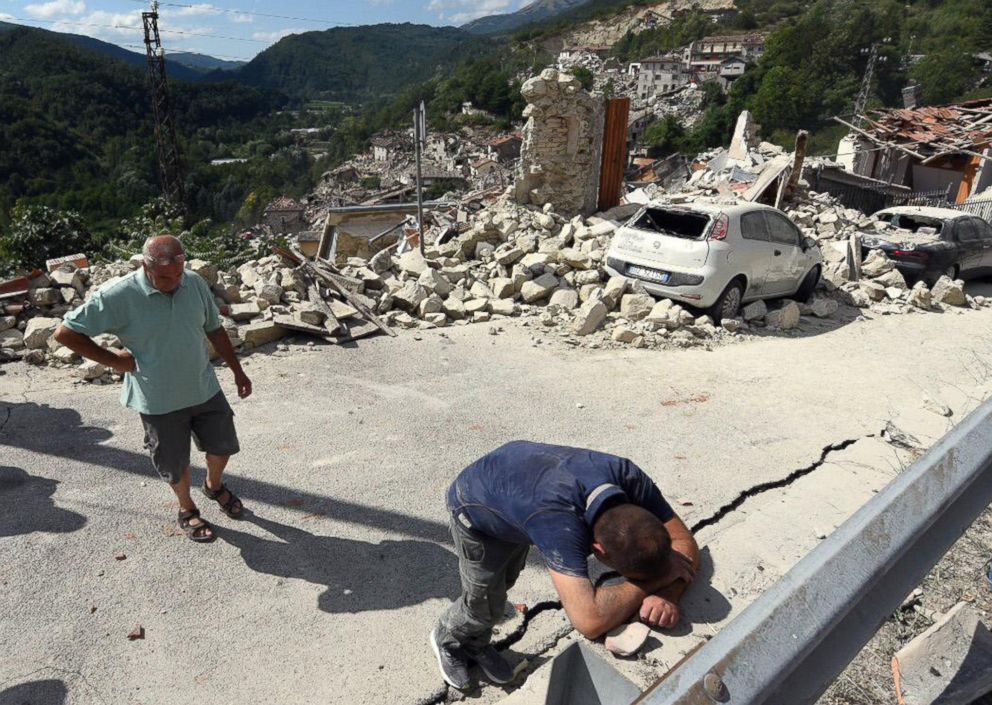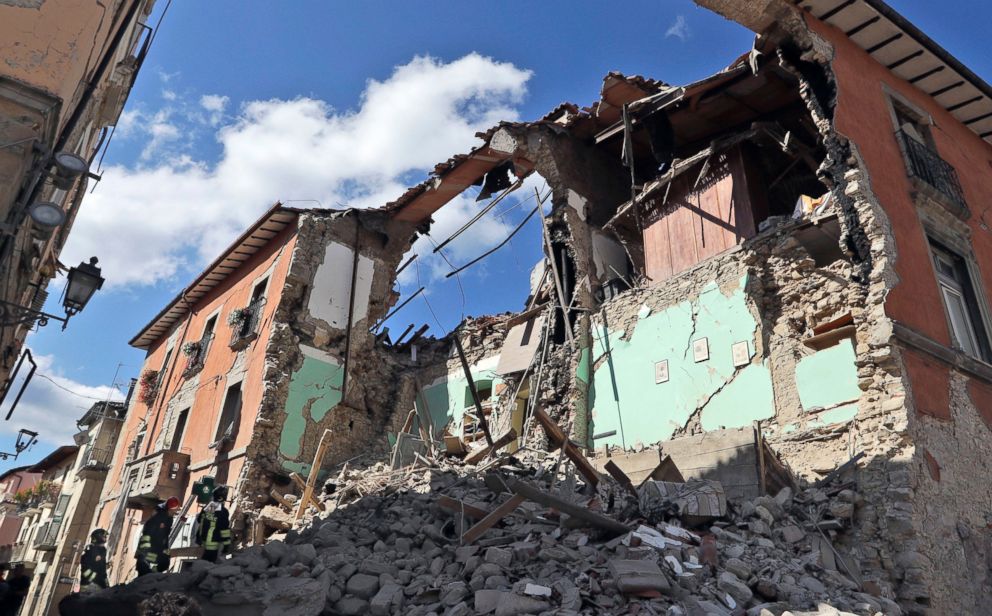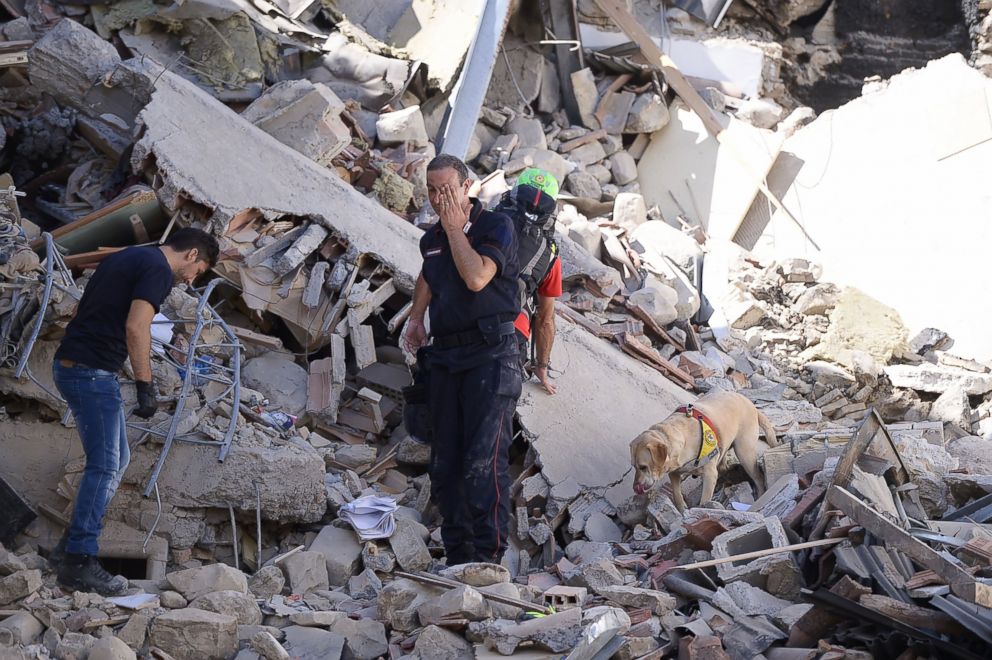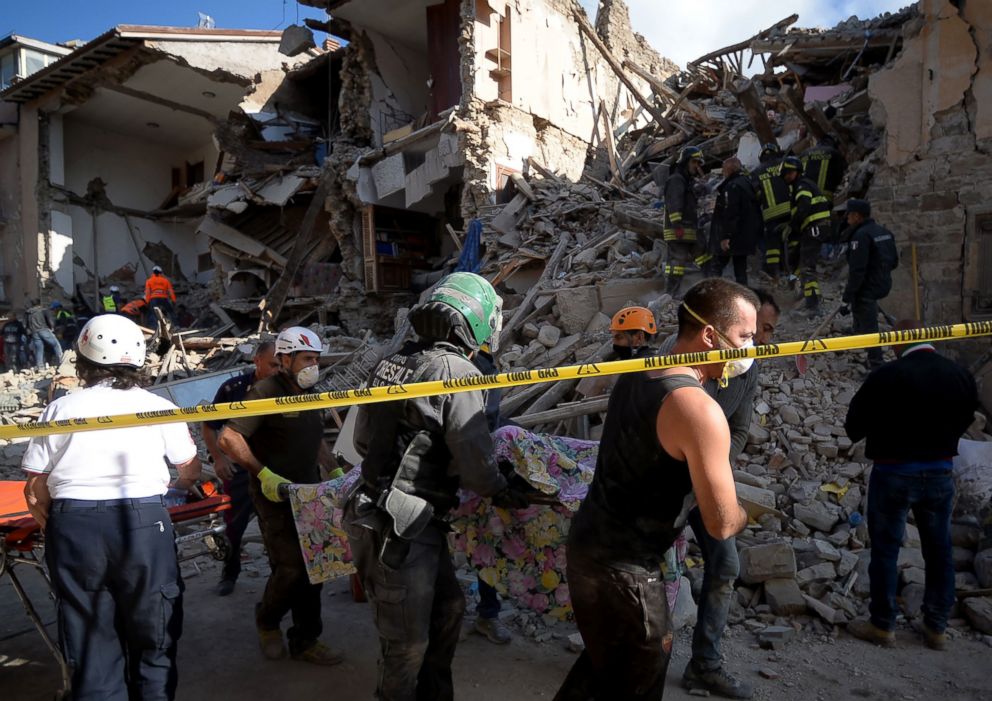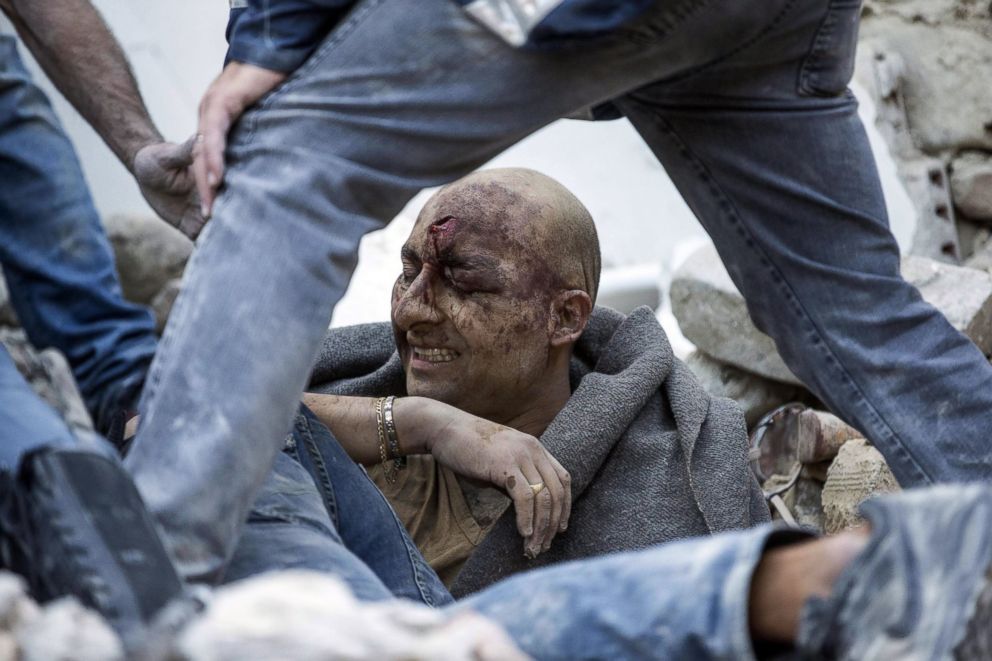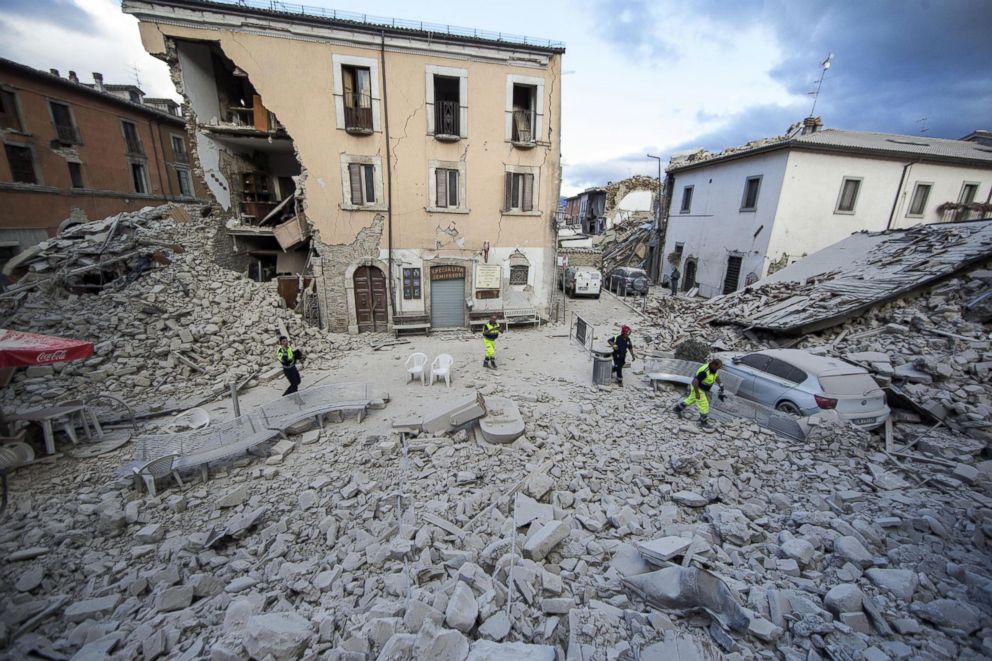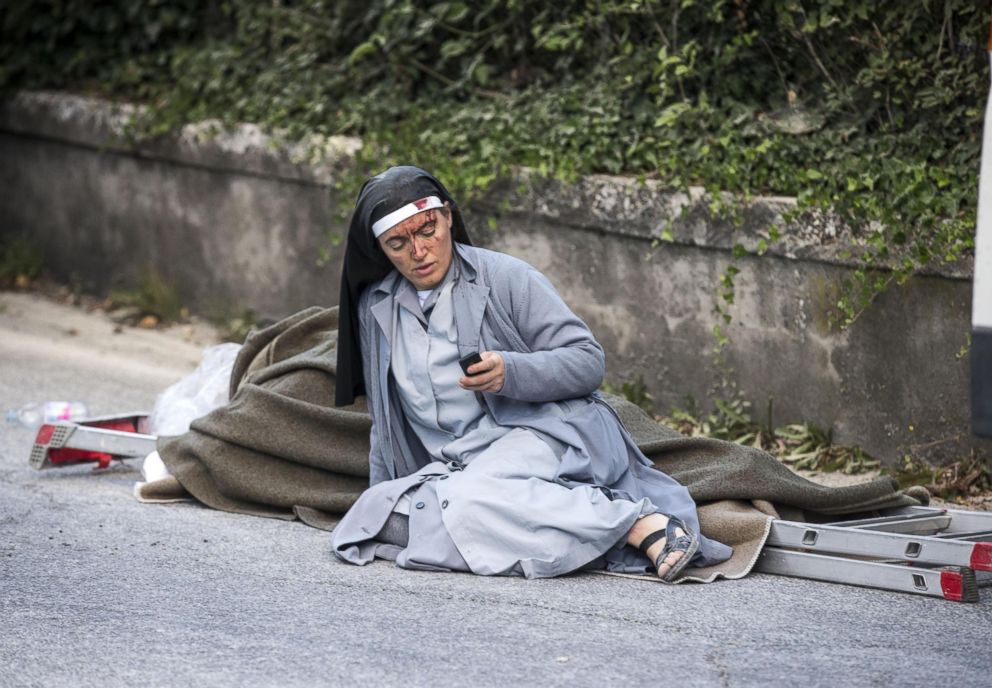What to Know About Amatrice, a Town Hard Hit by Italy's Earthquake
The small town in central Italy is known for its pasta and ancient architecture.
— -- A small, mountainous town in central Italy known for its pasta dish and ancient architecture was at the epicenter of a devastating earthquake in the region Wednesday morning.
Amatrice is home to some 2,500 residents, and visitors flood the picturesque town in Italy's countryside in the summertime. The town was set to hold its 50th annual Festival of the Spaghetti all'Amatriciana this weekend in honor of one of Italy's most famous dishes, which originated there.
Mourning After Italy's Earthquake
Amatrice was one of the areas hardest hit by the magnitude 6.2 earthquake. Mayor Sergio Pirozzi told reporters, "The town isn't here anymore."
The earthquake and its aftershocks have killed at least 120 people. The majority of the fatalities were in the Lazio region, which encompasses Amatrice, according to Italy's Civil Protection Department.
The location of Wednesday's quake came as no surprise to experts. Earthquake scientist Lucy Jones said central Italy is the California of Europe, with deadly fault lines running up its spine.
"In the United States, California is where the plate boundary and most of the earthquakes are happening. Italy is the same thing," Jones said on ABC's "Good Morning America." "In Europe, it's the most common source of earthquakes."
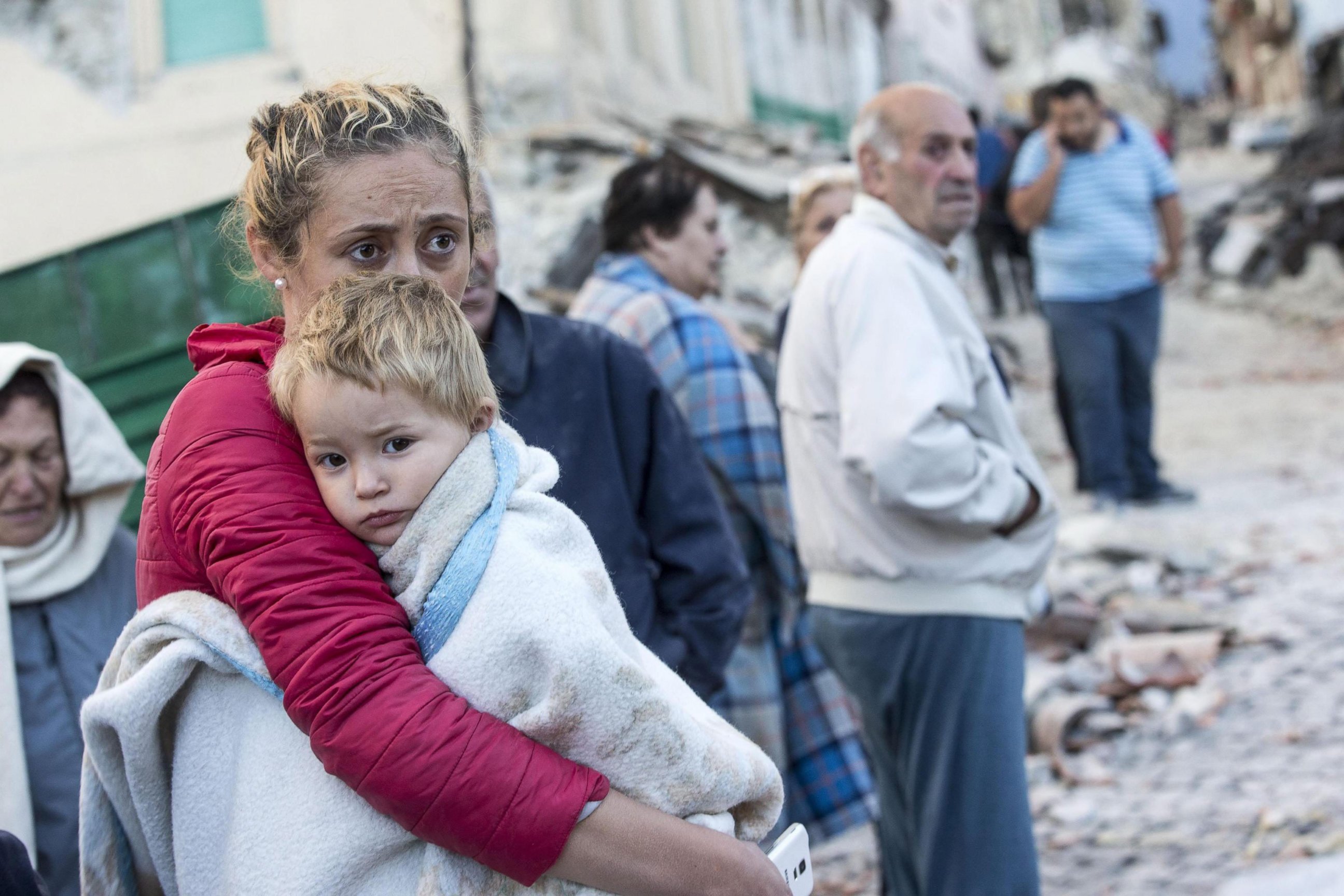
Tremors were felt as far away as Rome, more than 100 miles from the earthquake's epicenter. Several aftershocks have occurred since the initial quake was felt, around 3:30 a.m. local time.
Jones warned that the worst could be yet to come for towns near the epicenter.
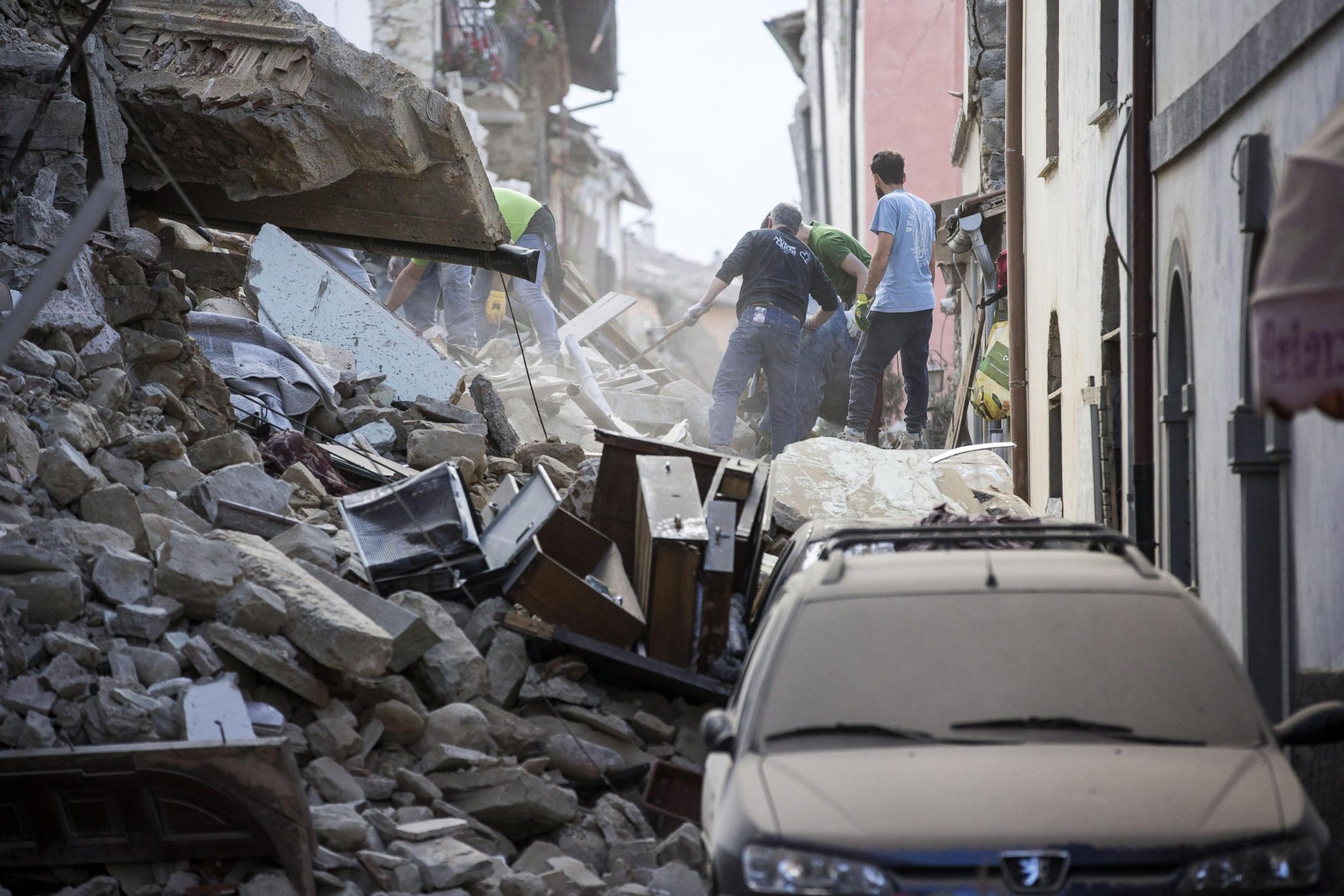
"There's going to be continuing aftershocks," she said on "GMA." "That mountain range is characterized by earthquake sequences where there will be a lot of [seismic] events. There will probably be more damaging earthquakes in sequence, potentially even larger than the first."
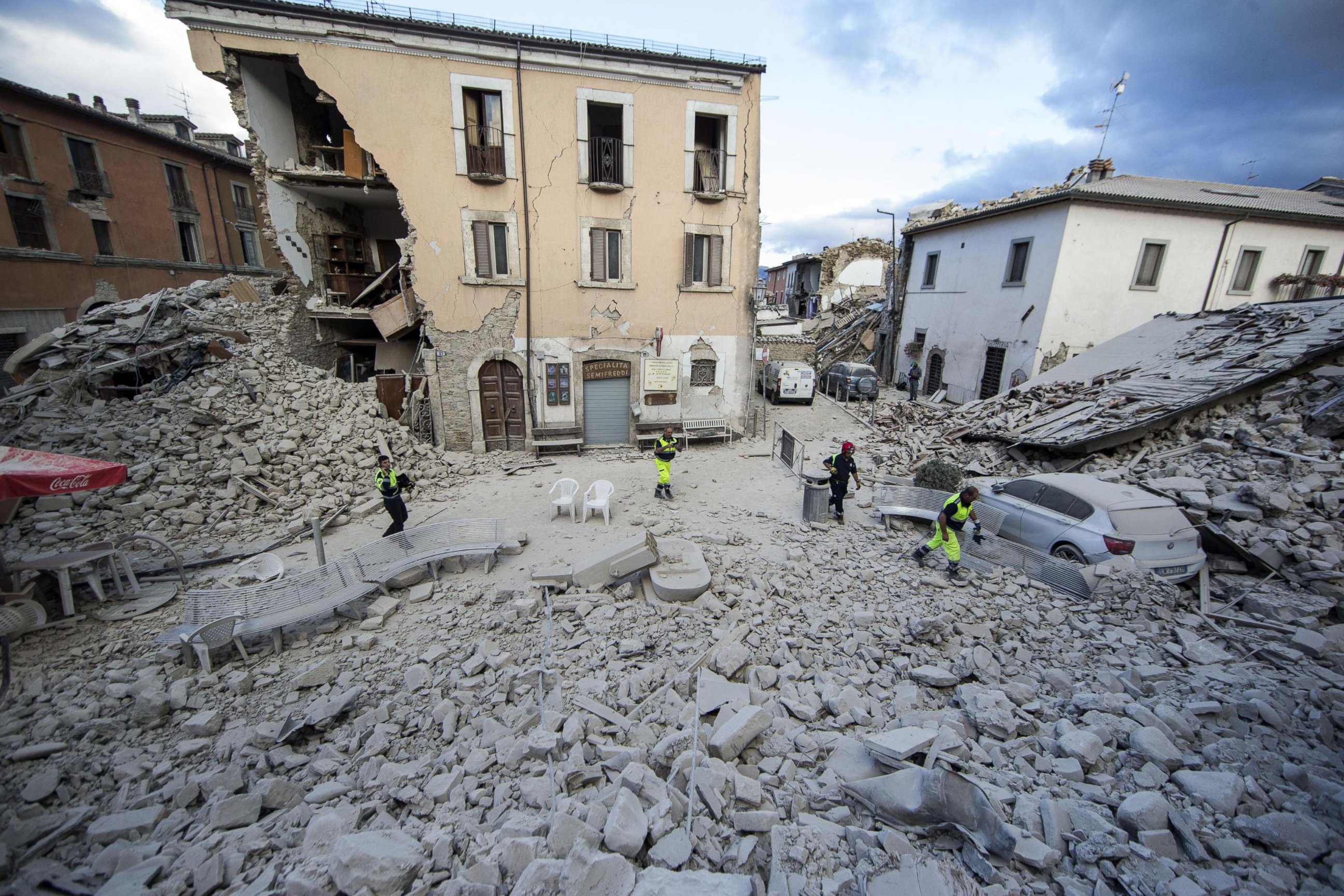
Dramatic images of the destruction in Amatrice showed flattened buildings and rescue crews pulling people from vast amounts of rubble.
The town is home to historic buildings, including the 15th century churches of Sant'Agostino and St. Francis, which feature medieval artwork and statues. The state of these landmarks and others in the town after the earthquake was not immediately known.
